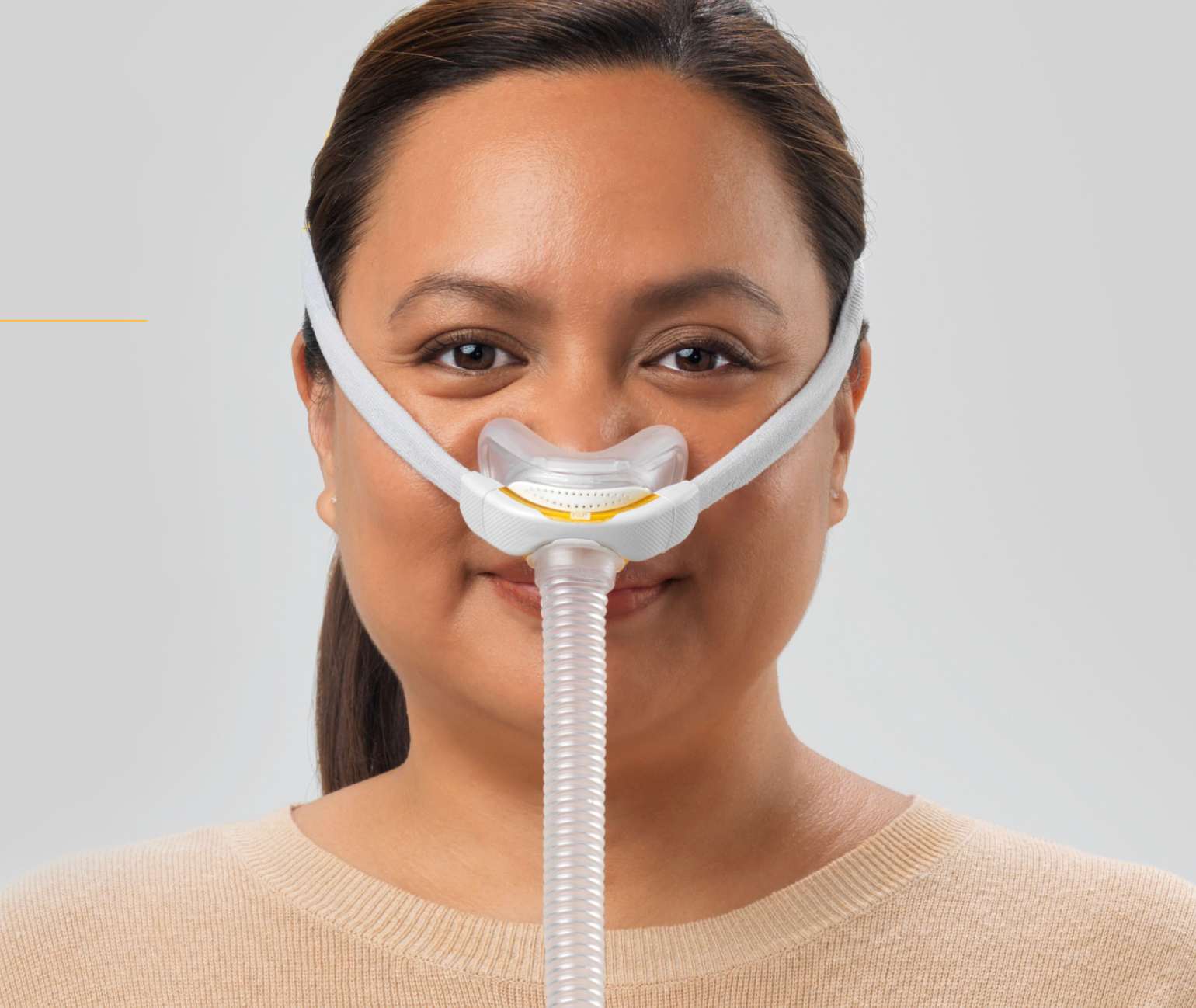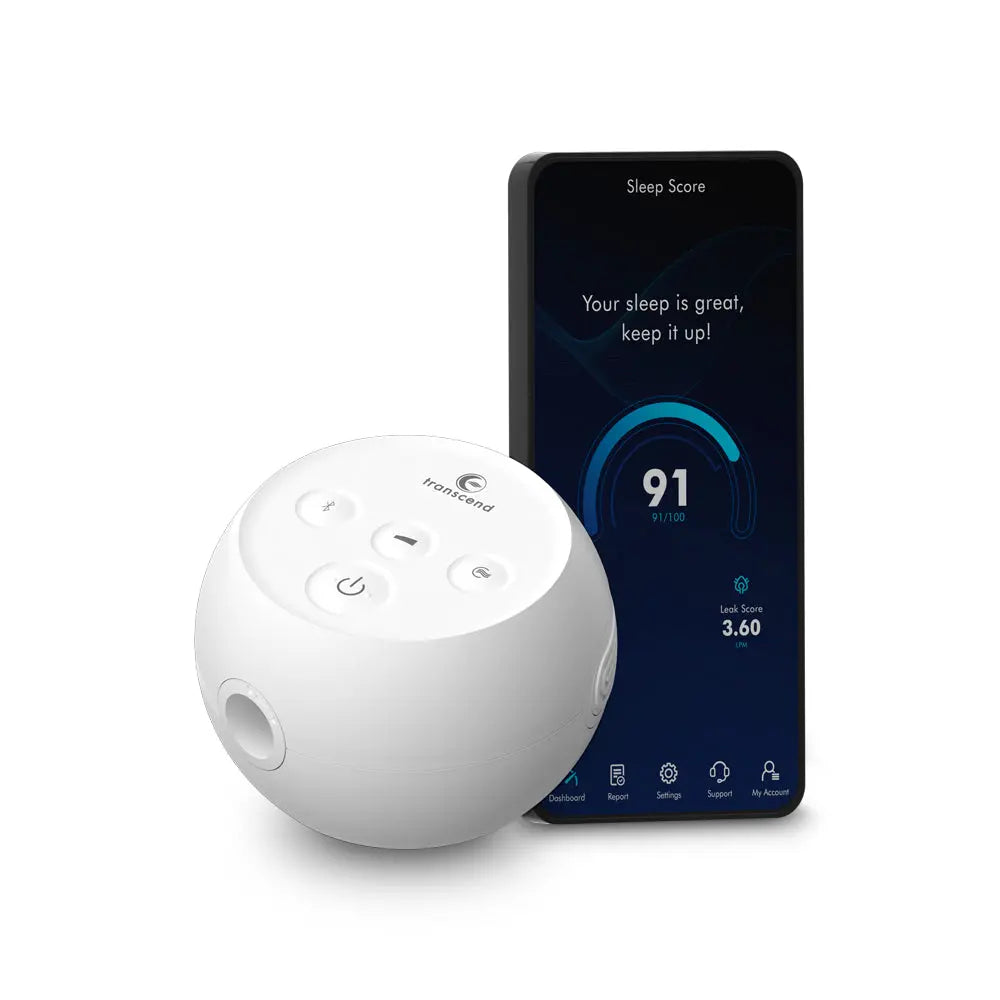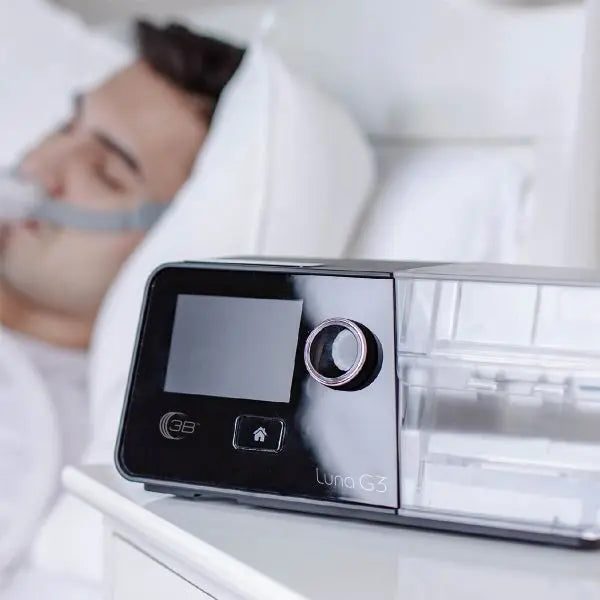Gender Disparities in Sleep Apnea: Prevalence, Compliance, and the Role of Leading CPAP Technologies
Introduction
Obstructive sleep apnea (OSA) is a chronic condition characterized by repeated airway obstructions during sleep, leading to oxygen desaturation, disrupted sleep patterns, and an increased risk of cardiovascular disease, diabetes, and cognitive decline. Historically, OSA has been considered a predominantly male disorder, with epidemiological studies estimating that men are diagnosed two to three times more frequently than women.
However, growing evidence suggests this gender disparity may be due more to underdiagnosis in women rather than an actual difference in prevalence. Furthermore, gender differences extend beyond diagnosis to treatment adherence, with research showing that women tend to be more compliant with continuous positive airway pressure (CPAP) therapy than men.
As one of the leading authorities in CPAP and sleep apnea treatment, USCPAP.com is committed to ensuring that patients receive the most effective and comfortable treatment. With licensed respiratory therapists on staff, we provide expert guidance on CPAP therapy, offering the latest devices from ResMed and Fisher & Paykel to maximize patient compliance and comfort.
This blog explores whether more men or women suffer from sleep apnea, gender differences in treatment adherence, and the role of cutting-edge CPAP technologies in improving outcomes.
Who Suffers from Sleep Apnea More: Men or Women?
Epidemiology and Diagnostic Challenges
Epidemiological studies have consistently reported that men are diagnosed with OSA at a higher rate than women, with prevalence estimates ranging from 15% to 30% in men compared to 5% to 15% in women. However, these numbers do not necessarily reflect the true prevalence of sleep apnea across genders.
Women with sleep apnea often present with different symptoms than men, making diagnosis more challenging. While men typically experience:
- Loud snoring
- Witnessed apneas
- Excessive daytime sleepiness
Women are more likely to report:
- Chronic fatigue
- Insomnia
- Depression and anxiety
- Morning headaches
- Nighttime awakenings
Because these symptoms do not match the traditional diagnostic criteria used for sleep apnea, women are often misdiagnosed with insomnia, depression, or other sleep disturbances instead of being evaluated for OSA. This results in a significant underdiagnosis of sleep apnea in women, meaning the real prevalence may be much closer between the two genders.
Hormonal and Anatomical Differences Affecting Sleep Apnea Risk
Why Men Are Diagnosed More Often
Men's higher diagnosis rates can be partly attributed to anatomical and physiological differences:
- Larger Upper Airways: While this may seem like an advantage, it increases airway collapsibility during sleep.
- Greater Neck Fat Deposition: Fat accumulation around the neck increases airway obstruction risk.
- Lower Baseline Progesterone Levels: Progesterone acts as a respiratory stimulant, and its lower levels in men may contribute to a higher risk of OSA.
The Role of Hormones in Women’s Risk
Women’s risk of developing OSA significantly increases after menopause, when estrogen and progesterone levels decline. These hormones help maintain airway stability and protect against collapsibility. This is why postmenopausal women develop sleep apnea at nearly the same rate as men, yet they remain underdiagnosed compared to their male counterparts.
Which Gender Is More Compliant with CPAP Therapy?
When it comes to CPAP compliance, studies consistently show that women are more likely to adhere to treatmentthan men. Several factors contribute to this:
- Greater Concern for Health: Women are generally more proactive about seeking medical care and following through with treatment.
- Higher Sensitivity to Symptoms: Women tend to report more noticeable improvement when using CPAP, reinforcing adherence.
- Better Comfort Preferences: Women are more likely to request adjustments to mask fit and pressure settingsto ensure comfort.
However, despite higher compliance, women still face challenges in adjusting to CPAP therapy due to anatomical differences, requiring more personalized fittings and mask selections to enhance comfort.
ResMed and Fisher & Paykel: Leading CPAP Technologies for Better Compliance
ResMed CPAP Solutions
ResMed is a global leader in CPAP technology, offering some of the most advanced and user-friendly devices available today. Their AutoSet algorithm dynamically adjusts pressure levels throughout the night, making therapy more comfortable and reducing pressure-related awakenings. The AirFit™ series masks, including AirFit™ P10 for Her, are designed specifically for women’s facial structures to improve comfort and adherence.
Fisher & Paykel CPAP Solutions
Fisher & Paykel has gained a reputation for innovative comfort-focused solutions in sleep apnea therapy. Their F&P Evora™ and Brevida™ nasal pillow masks feature soft, adaptable cushions designed to minimize discomfort and enhance patient compliance. Fisher & Paykel CPAP machines also integrate heated humidification, a key feature for improving long-term adherence by reducing dryness and irritation.
At USCPAP.com, we provide both ResMed and Fisher & Paykel CPAP devices to ensure that patients have access to the most effective and comfortable solutions available.
Why Choose USCPAP.com?
As a trusted authorized CPAP dealer, USCPAP.com is one of the leading authorities in sleep apnea treatment. We are committed to providing expert support with:
✔ Licensed respiratory therapists available to assist with machine settings and mask fittings
✔ A wide selection of CPAP machines and masks from top brands like ResMed and Fisher & Paykel
✔ Personalized support to ensure the best treatment experience
✔ Hassle-free prescription processing for fast order fulfillment
For expert CPAP guidance, visit USCPAP.com or contact us at 413-200-4191 (text) or 413-733-7843 (call).
Conclusion
While men are diagnosed with sleep apnea more frequently than women, this discrepancy is largely due to diagnostic biases and differences in symptom presentation. Women are often underdiagnosed but show higher compliance when properly treated with CPAP therapy.
Advancements in CPAP technology, particularly from ResMed and Fisher & Paykel, have significantly improved treatment adherence, providing patients with more comfortable and effective options. At USCPAP.com, we pride ourselves on being one of the most trusted authorities in CPAP therapy, offering personalized support and expert guidance to help patients achieve the best possible sleep health.
Bibliography
-
Bixler, E. O., et al. (2001). "Prevalence of Sleep-Disordered Breathing in Women: Effects of Gender." American Journal of Respiratory and Critical Care Medicine, 163(3), 608–613.
-
Peppard, P. E., et al. (2013). "Increased Prevalence of Sleep-Disordered Breathing in Adults." American Journal of Respiratory and Critical Care Medicine, 188(10), 1026–1034.
-
Sforza, E., & Roche, F. (2010). "Sleep Apnea Syndrome in Women: A Gender-Specific Clinical Presentation." Sleep Medicine Reviews, 14(6), 363–370.
-
Young, T., et al. (1993). "The Occurrence of Sleep-Disordered Breathing Among Middle-Aged Adults." New England Journal of Medicine, 328(17), 1230–1235.
For all your CPAP needs, trust USCPAP.com—your leading authority in sleep apnea solutions.








Leave a comment
This site is protected by hCaptcha and the hCaptcha Privacy Policy and Terms of Service apply.